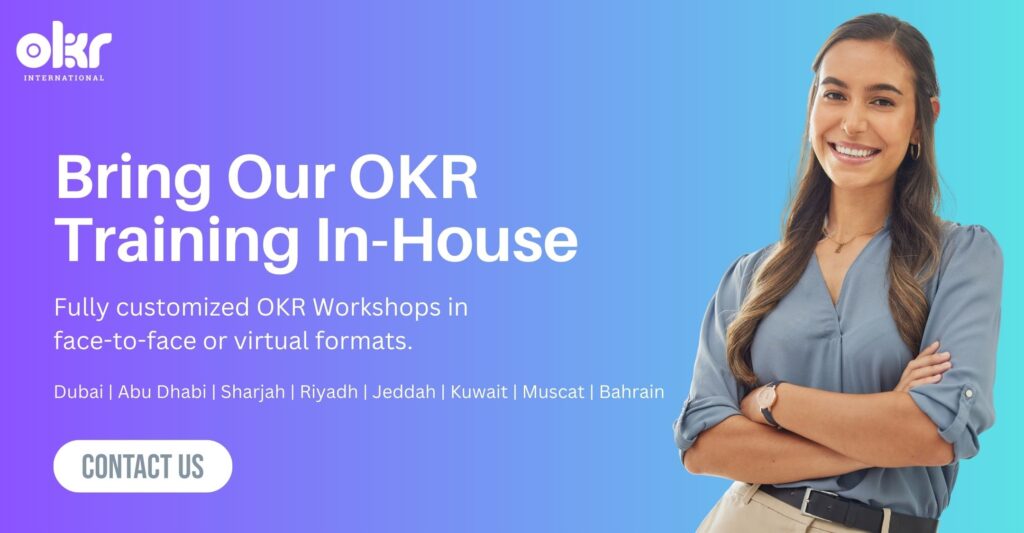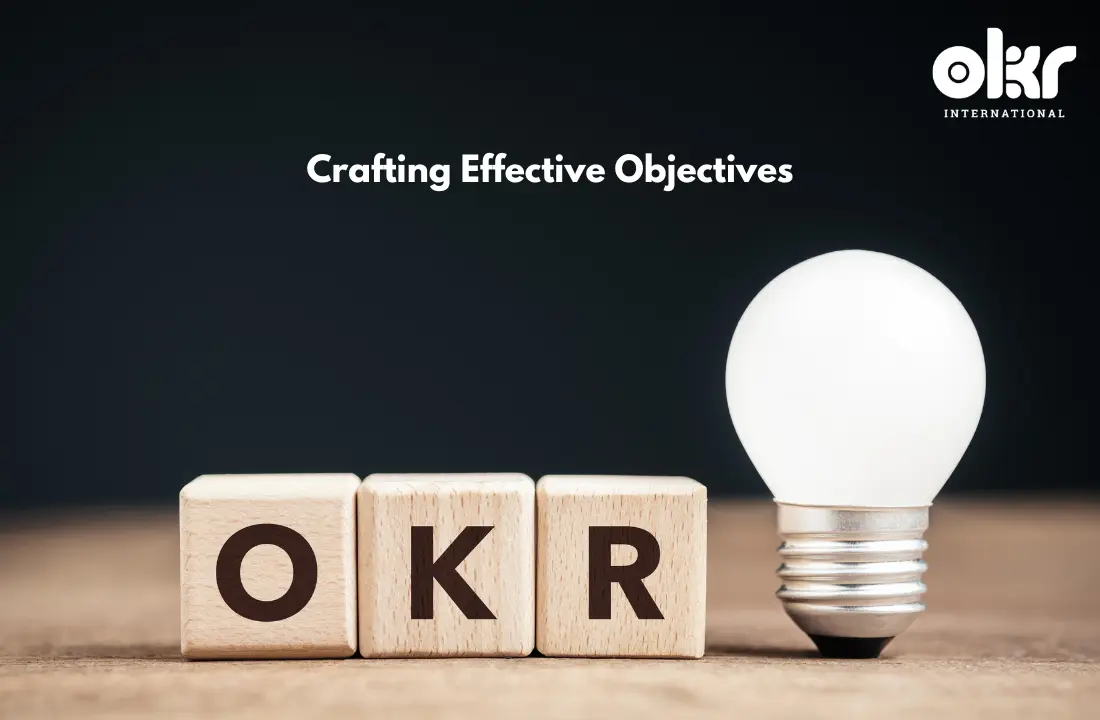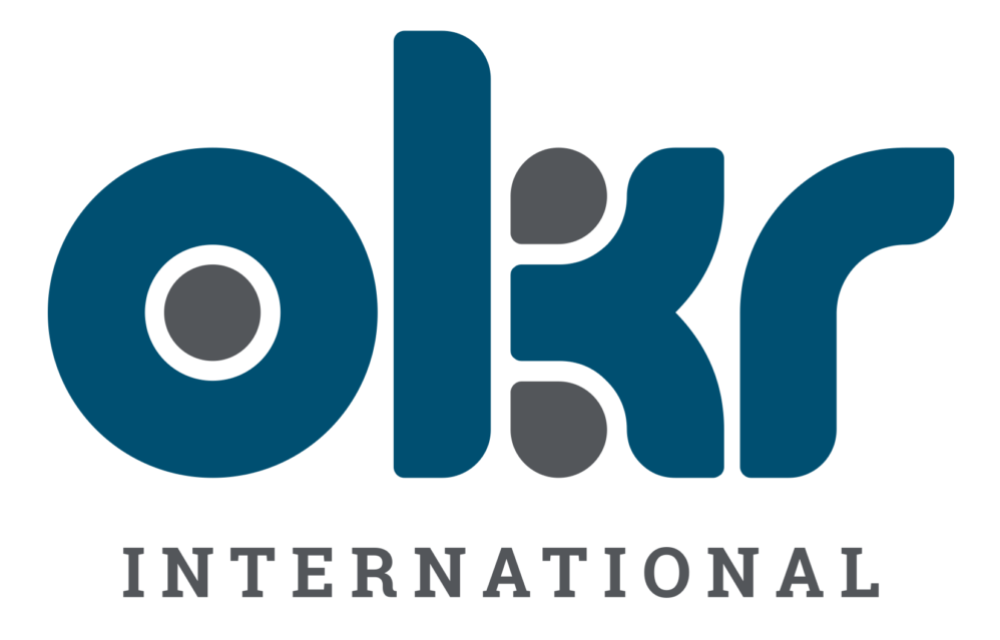Crafting Effective Objectives: A Comprehensive Guide
Many organizations are increasingly interested in OKRs (Objectives and Key Results). However, they often overlook the importance of crafting effective objectives, which is crucial for driving focus, motivation, and success. This critical step is frequently ignored or rushed through in the OKR planning and alignment process, leading to suboptimal outcomes.
A well-crafted objective provides clear direction, inspires action, and sets the stage for measurable outcomes. It should, in fact, be the most thought through exercise. The appetite to grow, innovate or leapfrog in the marketplace should be shown through your objective statement.
Every word in your objective statement can be instrumental in what you eventually choose as your key results and therefrom, your initiatives.
In this blog post, we will delve into the characteristics of strong objectives, provide examples of well-defined objectives, and offer practical tips for writing your own. You will learn the ABCs of crafting effective objectives in a step-by-step manner.
What are the characteristics of a powerful objective statement?
-
Clarity:
A strong objective is unambiguous and easily understood by everyone in the organization. It articulates the desired outcome in simple terms, leaving no room for confusion. Clarity ensures that all team members are aligned and working towards a common goal.
Example:
“Improve customer experience through enhanced support.”
-
Inspiring:
An effective objective should be inspiring and motivating. It should resonate with the team and ignite their passion and commitment. An inspiring objective drives enthusiasm and fosters a sense of purpose.
Example:
“Become the industry leader in customer service excellence.”
-
Achievable:
While objectives should be ambitious, they must also be realistic and attainable. Setting achievable objectives ensures that the team remains motivated and focused, rather than feeling overwhelmed or discouraged.
Example:
“Launch innovative features that delight users.”
Examples of Well-Defined Objectives
To illustrate these characteristics, let’s explore a variety of well-defined objectives across different domains that help us understand the nuances of crafting effective objectives.
-
Sales and Marketing:
Objective: “Enhance brand visibility and customer engagement through strategic marketing initiatives.”
This objective is clear (strategic marketing initiatives), inspiring (enhanced brand visibility), and achievable (focused engagement efforts).
-
Product Development:
Objective: “Develop a user-friendly mobile application that simplifies task management.”
This objective provides a clear deliverable (mobile application), inspires innovation (user-friendly design), and sets a realistic goal (simplifying task management).
-
Customer Service:
Objective: “Transform customer service operations to elevate satisfaction and loyalty.”
This objective is specific (customer service operations), inspiring (elevating satisfaction and loyalty), and achievable (transformation efforts).
-
Human Resources:
Objective: “Foster a culture of continuous learning and professional development.”
This objective is clear (continuous learning), inspiring (professional development), and achievable (culture fostering).
Click here for a comprehensive list of OKRs across functions
Tips for Writing Your Own Objectives
Now that we’ve explored the characteristics of strong objectives and seen examples in action, let’s discuss practical tips for crafting effective objectives
-
Align with Organizational Goals:
Ensure that your objectives are aligned with the broader goals of your organization. This alignment creates a cohesive strategy and ensures that all efforts contribute to the overall mission and vision.
Tip: Start by reviewing your organization’s strategic plan and identifying key areas where your team can make a significant impact.
-
Use Action-Oriented Language:
Craft your objectives using action-oriented language that clearly states what needs to be accomplished. This approach helps to eliminate ambiguity and provides a sense of direction.
Tip: Use verbs like “enhance,” “develop,” “transform,” “foster,” and “elevate” to convey action and intent.
-
Be Specific and Inspirational:
Specificity and inspiration are critical for effective objectives. Avoid vague statements and instead, define clear targets that can guide and motivate your team.
Tip: Incorporate elements that provide clear direction and inspire your team towards the desired outcome.
-
Set Realistic and Time-Bound Goals:
While it’s important to be ambitious, ensure that your objectives are realistic and time-bound. Setting achievable goals within a defined timeframe keeps the team focused and motivated.
Tip: Break down long-term goals into smaller, manageable objectives with shorter timeframes to maintain momentum.
-
Involve Your Team:
Engage your team in the objective-setting process to foster a sense of ownership and commitment. Collaborative goal-setting encourages diverse perspectives and enhances buy-in.
Tip: Conduct brainstorming sessions or workshops where team members can contribute ideas and discuss potential objectives.
-
Focus on Impact:
Consider the impact that achieving the objective will have on your organization. Objectives that drive meaningful change and create value are more likely to inspire and motivate your team.
Tip: Reflect on the potential benefits and outcomes of each objective to ensure they align with your organization’s mission and values.
-
Review and Refine:
Regularly review and refine your objectives to ensure they remain relevant and aligned with evolving priorities. Flexibility is key to adapting to changing circumstances and seizing new opportunities.
Tip: Schedule periodic reviews to assess progress, gather feedback, and make necessary adjustments.
Putting It All Together: A Real-World Example
To bring these tips to life, let’s walk through the process of crafting an effective objective for a fictional company, “Tech Innovators Inc.,” which specializes in developing cutting-edge software solutions.
Step 1: Align with Organizational Goals
Organizational Goal: “Expand market share in the software industry by offering innovative and customer-centric solutions.”
Step 2: Use Action-Oriented Language
Initial Idea: “Launch a new software product.”
Step 3: Be Specific and Inspirational
Refined Idea: “Develop a user-friendly software tool that enhances team collaboration.”
Step 4: Set Realistic and Time-Bound Goals
Further Refinement: “Develop and launch a user-friendly software tool by Q4 that enhances team collaboration.”
Step 5: Involve Your Team
Team Input: After discussions with the development and marketing teams, the objective is refined to address feasibility and potential impact.
Step 6: Focus on Impact
Final Objective: “Develop and launch a user-friendly software tool by Q4 that enhances team collaboration, contributing to our goal of expanding market share.”
Step 7: Review and Refine
Ongoing Assessment: Regular check-ins and feedback sessions are scheduled to monitor progress and make adjustments as needed.
Conclusion
Crafting effective objectives is an art that combines clarity, inspiration, and achievability. By understanding the characteristics of strong objectives, studying well-defined examples, and following practical tips, you can create objectives that drive focus, motivation, and success within your organization. Remember, the journey of mastering OKRs is continuous, and each objective you set brings you one step closer to achieving your strategic goals. Start crafting your objectives today and unlock the full potential of your team’s efforts.





